
A simple visual guide to getting the most out polarising filters

A polarising filter can be a very useful photographic tool but needs to be used with care
If you have sunny conditions, especially with clear blue skies, or blue skies with some complementary fluffy clouds, you can enhance the scene noticeably with a polarising filter. You can also use a polariser to reduce reflections on the surface of water and other reflective surfaces, like windows. However, a polarising filter is not a straightforward magical tool that will automatically enhance your photography. For a start, it needs to be rotated for you to adjust its effectiveness appropriately. And you need to avoid some unwanted side-effects, like unbalanced darkening of the sky, or even removing important detail from areas where there are reflections, like on the surface of a canal, pond, lake, or the sea. Polarisers can also make overly dramatic changes to the tone of a scene, amplifying the saturation, for example. Sometimes using a polariser simply makes a picture worse.
Below is a pictorial guide to various aspects of the use of a polarising filter, including example images comparing different effects that can result according to the way you use the filter. Just click on a thumbnail to open a new page with the image at a larger size plus its accompanying notes:
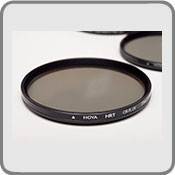

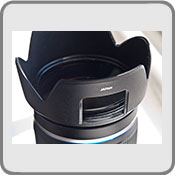






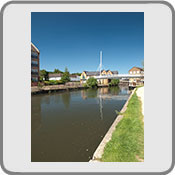
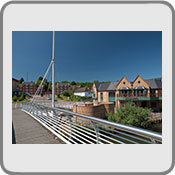
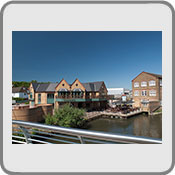

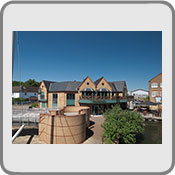

Nincsenek megjegyzések:
Megjegyzés küldése